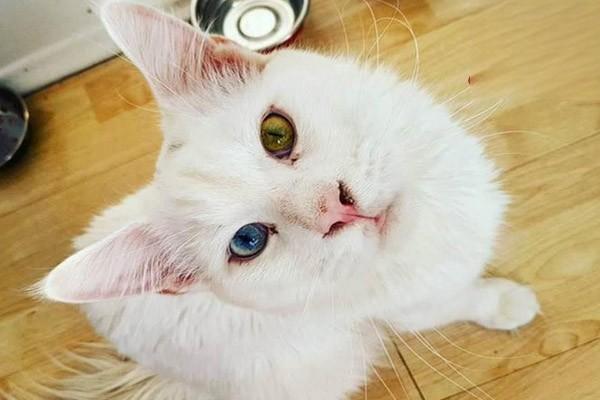Hello! Welcome to Pet Care Network!
 +86-15501882496
+86-15501882496Hello! Welcome to Pet Care Network!
 +86-15501882496
+86-15501882496Hemangioma and angiosarcoma are significant health concerns for our furry friends. Hemangioma can appear in various parts of the body, including the skin, subcutaneous areas, deep soft tissues, tongue, nasal cavity, liver, and bones. It is commonly found in the limbs, spleen, chest, and perineum. Hemangioma is composed of dilated blood sinusoids and grows without a complete capsule, often in an invasive manner. Tumors can vary greatly in size. When cut open, one can see sinusoids of different sizes separated by thin partitions, resembling a sponge. The cut surface is dark red with blood seeping out, and the sinusoids are filled with blood, having a relatively soft texture.

For the management of these conditions, here are some recommendations. Early detection and treatment of canine and feline hemangioma can help control tumor development. However, in the case of angiosarcoma, surgery is not recommended as it cannot cure the disease and may only cause more pain. After surgery, pet electrolyte concentrated solution (Pu'an Te) can be administered orally to supplement glucose and electrolytes, helping affected dogs and cats recover physical strength and reduce postoperative adverse reactions. For cats, the dosage is 50 ml/kg. For dogs, it depends on breed and body weight. Free oral administration can be continued for 2-5 days. Femelox Meloxicam Tablets (Pu'an Te) can be used as a postoperative painkiller for both dogs and cats, with a dosage of 0.1 milligram per kilogram of body weight once a day. The first dose is doubled.

service phone
+86-15501882496 Contact us:ejucms1@qq.com
Contact us:ejucms1@qq.com
 Add:920-1002 East Jiefang Road,Wuxi,Jiangsu,China
Add:920-1002 East Jiefang Road,Wuxi,Jiangsu,China
